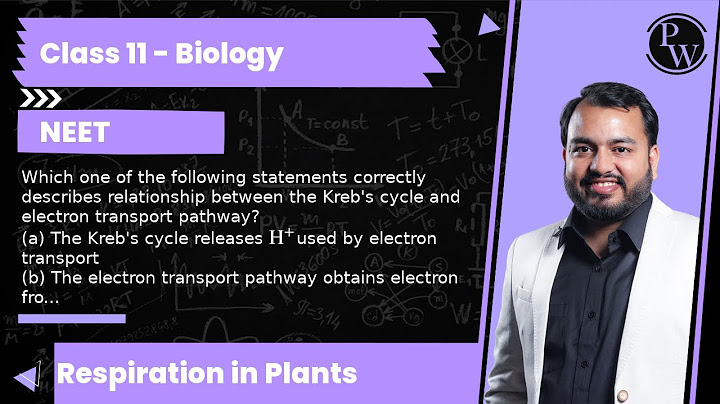zuletzt aktualisiert am 12. April 2022 von Show
Durkheim sees anomie as a state of social disintegration. Due to a far-reaching social change (here: industrialisation, introduction of the structural principle of division of labour), social differentiations are increasingly emerging (e.g. poor – rich, urban – rural, religious – secularised, etc.). The disappearance of old principles of structure and order weakens social cohesion. As a result, general social rules are no longer observed; the collective order dissolves and a state of anomie emerges. The consequences of this are increased suicide and crime rates.
Main proponentDavid Émile Durkheim TheoryDurkheim’s anomie theory describes the effects of the social division of labor developing in early industrialism and the rising suicide rate. Accordingly, in times of social upheaval, “collective consciousness” is weakened and previous norms, moral convictions and controls dwindle. Old social structural principles, based on the uniformity of the members of society and their lifestyles, are disappearing and are increasingly being replaced by the principle of the division of labour. Here the division of labour is more than an economic principle, but represents the central social value base and enables solidarity among the members of society. Crises in general, suicides or even crimes are signs of social pathological conditions that endanger the new structural principle of the division of labour. A state of anomie (irregularity) is threatening. Durkheim notes that crime has an ubiquitous character, i.e. there was and is no society in which there were no deviations from the norm. In this respect, crime should not initially be understood as a social pathology – in the sense of a fundamental disturbance of the social. On the contrary, crime in modern societies characterized by the division of labor has a function of clarifying the norms. Only through the deviation itself and the sanctioning of the breach of the norm does the validity of the norm become visible to all members of society and confirm its validity. Criminality is therefore functional in a society based on the division of labour and affirms collective consciousness. Only an excess of crime is an indication of a lack of observance of social rules and a dwindling collective consciousness. If deviation in society becomes the rule and hedonistic-egoistic action as well as human instincts take over, there is the danger of an anomie. Implication for Criminal PolicyObviously, according to Durkheim’s theses, the political goal must be to prevent the state of anomie in a society. This is at least possible for the state by successfully communicating values and moral concepts that apply equally to all members of society. If society or the state prescribes a clear and unequivocal standardization, the individual recognizes it and renounces certain desires or severely restricts many of his needs. A prerequisite for this, however, is on the one hand that the members of society accept the content of the norms set and do not only adhere to them out of pure fear of sanctions (this acceptance can, however, only be expected if the distribution of goods in the social structure is not too unequal). On the other hand, the stability of the norm-setting society is a prerequisite: economic or social collapses as well as other changes in times of social change weaken collective consciousness and call into question the moral principles previously shared. In summary, it can be said that, according to Durkheim, the clear and unequivocal communication of social norms on the one hand and the stability of economic and social factors in societies on the other hand can prevent the outbreak of increased crime. Moreover, according to Durkheim, a certain number of deviations are normal and can be found in all societies at all times [see: Durkheim (1895) The rules of the sociological method]. Critical Appraisal & RelevanceDurkeim’s theory is to be appreciated as a social explanation for deviant behaviour at a time when criminology was still in its infancy. Both Durkheim’s explicit reference to the incipient industrialization and the assumption of a moral orientation across society no longer seem contemporary today. Without great effort and imagination, however, two contemporary structural principles of modern societies, such as economization and globalization, could be named that are the cause of an unequal distribution of socio-economic resources and can thus also be the cause of a state of anomie. Moreover, anomie is only useful for Durkheim as an explanation for excessive crime and suicide rates, whereas everyday crime and its causes are not addressed at all. LiteraturePrimary literature
Secondary literature
VideoWhat theory argues that the causes of crime are located in the social conditions of a society that empower the wealthy and disenfranchise the poor?Anomie means what? What theory argues that the causes of crime are located in the social conditions of a society that empower the wealthy and disenfranchise the poor and others less fortunate? Merton's strain theory would have the most trouble explaining which crime?
What theory argues that the causes of crime are located in the social conditions of a society?social disorganization theory argues that crime is due to social conflict, social change, and a lack of consensus in the group.
What is social sickness also called?Social anxiety disorder (social phobia)
What is the initial act of deviance that a person might commit known as?What are the initial acts of deviance that a person might commit known as? Primary Deviance.
|

zusammenhängende Posts
Werbung
NEUESTEN NACHRICHTEN
Was passiert wenn ein Elektron aus der Hülle entfernt wird?
1 Jahrs vor . durch DefiniteConflagrationWerbung
Populer
Werbung

Urheberrechte © © 2024 paraquee Inc.


















